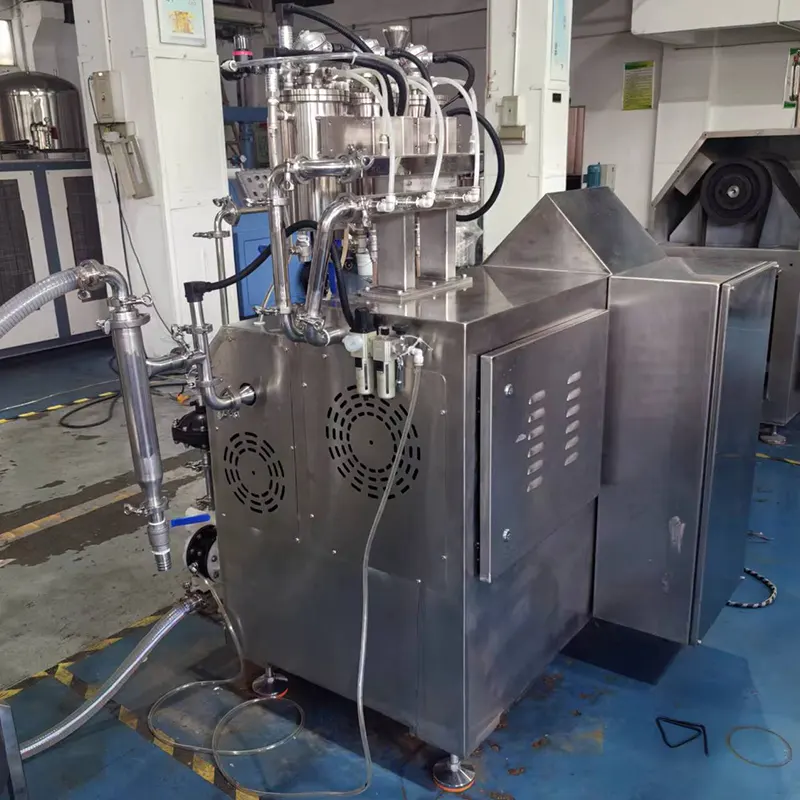How Our Factory Is Helping Improve LFP Battery Production with the LFP Nano Sand Mill
2025-07-22
In today’s lithium battery industry, pushing the limits of performance means getting every detail right—especially when it comes to material processing. The LFP Nano Sand Mill is one piece of equipment that helps manufacturers do just that. At our factory, we’ve worked closely with battery producers to develop a mill that can handle the strict demands of modern lithium iron phosphate (LFP) slurry preparation, particularly for high-performance and long-life battery applications.
What makes this machine so effective is how it handles particle refinement. Through the use of ultra-fine zirconium beads—about 0.2 mm in size—it breaks down clumps of precursor materials into consistently small, nano-scale particles. Our factory chose these beads specifically because they offer high purity, with almost no metal ion contamination, which is a big issue in traditional grinding systems.
One challenge we kept hearing about from battery manufacturers was excessive heat. Nano-level grinding produces a lot of friction, which quickly raises the temperature. If the slurry gets too hot—say, above 45°C—it can lead to breakdown of essential components like PVDF, causing problems like gelation or uneven coating. To solve that, our factory built in a multi-layer cooling system. We added cooling inside the rotor, around the chamber, and through an external heat exchanger. Combined with smart temperature sensors and PID control, the machine keeps everything at a safe and stable level, usually under 40°C, and often closer to 35°C.
Another big concern in nano grinding is contamination. Even tiny traces of metal ions from the chamber or rotor can cause battery degradation. That’s why our factory took a full-ceramic approach. All parts of the LFP Nano Sand Mill that touch the slurry—like the rotor, separator, and pipes—are made from or lined with high-purity ceramics like zirconia or silicon carbide. These materials don’t react with the slurry and they hold up well even under long hours of operation. We've seen firsthand how this helps maintain material quality and reduces the risk of failure in downstream processes.
Our factory offers customizations based on the specific needs of your production setup. From the size of the grinding chamber to the type of rotor, we help you select the right combination for your materials and target performance. It’s this level of flexibility that has made the LFP Nano Sand Mill such a reliable option for those looking to improve both the quality and efficiency of their cathode material production.
In short, the LFP Nano Sand Mill isn’t just another piece of equipment—it’s a thoughtful upgrade to help you meet today’s manufacturing challenges. Whether your priority is particle size, temperature control, or system cleanliness, this mill checks all the right boxes. And with our factory supporting you through every step—from design to delivery—you’ll have the confidence and tools to move forward with better, more consistent battery results.



